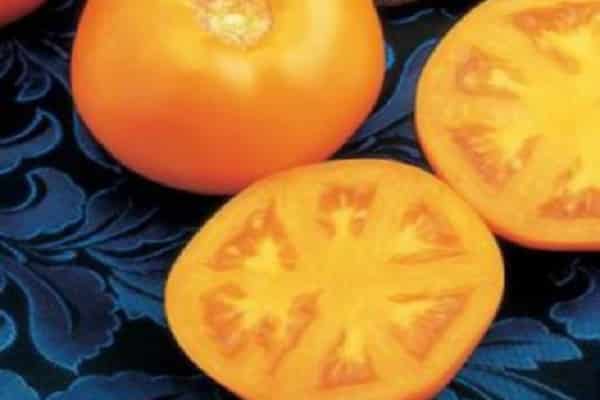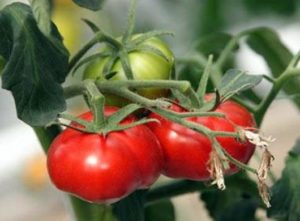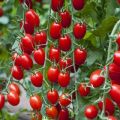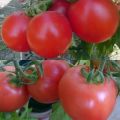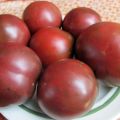Description of the New Year tomato variety and its characteristics
The tomato season is short: ripe fruits are used as intended, green ones are ripened in the dark for several weeks. New Year's tomato provides an opportunity at the festive table to eat fresh berries from their beds.
What is wonderful about the variety
The gardener grows tomatoes, processes them, wants to keep them fresh for longer. So you want to cut a normal tomato salad! Common varieties remain until early November.
The breeders of the Gavrish company delighted the hardworking summer residents. The New Year variety was created for winter consumption.
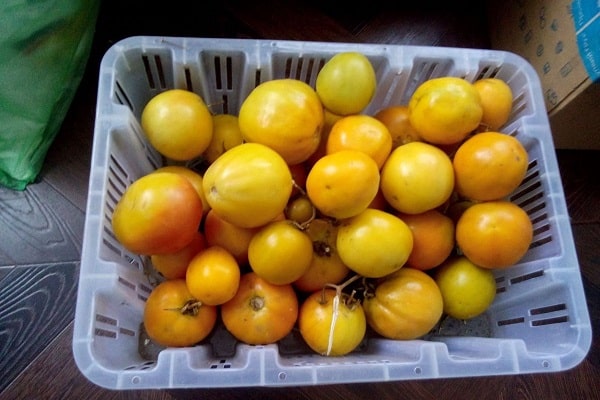
Description of tomato:
- indeterminate variety;
- the bush grows up to 150 cm;
- bears fruit in open ground and in unheated greenhouses;
- late ripening (140 days from loops to picking of fruits);
- prone to overgrowing with leaves;
- plates are dark green;
- the first brush is formed after 9 sheets;
- competent agricultural technology will provide a yield of 3.5 kg / m².
Ogorodnikov is attracted by the resistance of the variety to TMV, fusarium, cladosporium. To protect against late blight, you should observe the weather, apply prophylactic spraying with copper-containing preparations (according to the instructions) or serum (1 liter per 10 liters of water, ten drops of iodine).
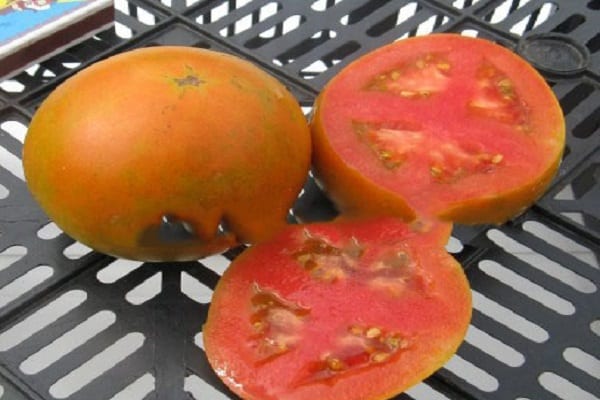
Breeders have worked on the properties of the tomato. Tomatoes are picked unripe. They are ripened in a dark, warm place. You want to cover the drawer with a cloth to prevent drying out.
Some gardeners salt small fruits, pickle whole. Tomatoes do not crack, decorate canned food.
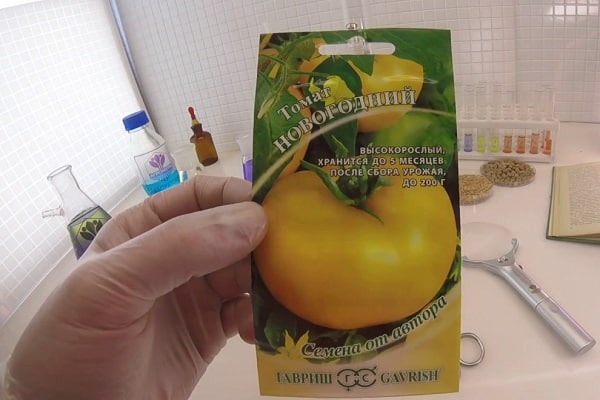
What grows on the bushes
Tomatoes are very decorative. In the stage of technical maturity, the bright berries look like Christmas balls. The bushes are strewn with them.
Fruit characteristics:
- weight up to 150 g;
- spherical shape, flattened;
- ribbed berry at the top;
- ripe tomato yellow-orange;
- 4-5 seed chambers with small seeds;
- dense pulp;
- hard skin.
Tomatoes removed from the bush lose to tomatoes of a different variety. The value of the New Year is storage for 3-5 months without loss of marketability and taste.
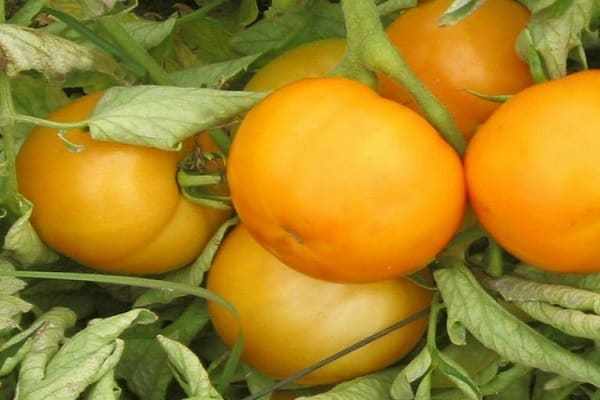
Agronomist tips
To enjoy the tomato harvest at the end of the year, you should follow the growing rules:
- plant seedlings on March 10-15;
- picking in the phase of one true leaf;
- fertilizing with mineral fertilizer for seedlings;
- backlighting with an agrolamp;
- hardening, airing;
- moderate watering;
- fill the soil with a full mineral fertilizer (nitrogen, potassium, phosphorus);
- placement on ridges at the age of 50 days (6 true leaves);
- the introduction of calcium nitrate during planting will strengthen the plants (1 tablespoon per hole, sprinkle with soil);
- landing pattern: 40 cm x 60 cm;
- it is recommended to mulch the soil (to facilitate maintenance);
- necessarily form in 1 stem;
- pinch, lighten the ovaries;
- it is required to tie up brushes and stems;
- do not overexpose ripe fruits on the bushes.

The advantage of the variety is the resistance of the fruit to cracking. But it should be watered in moderation: 5-6 liters under a bush after the soil is completely dry. Optimally arrange drip irrigation. It is recommended to place 4 plants per square meter.
Gardeners' opinions
Hardworking summer residents give polar reviews about the New Year. They came to taste: keeping quality, color, transportability, the possibility of whole-fruit canning. I was pleasantly surprised by the tomato's immunity to diseases.
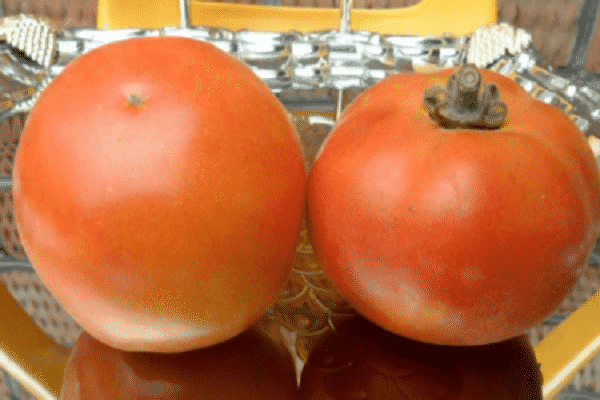
Disappointed:
- faint taste of fruits removed from the bush;
- too dense pulp;
- tough skin.
Gardeners are upset by the late maturity. In regions with short summers, it is difficult to grow tomatoes outdoors.
Summer residents are unanimous: in winter, a self-grown New Year's tomato is tastier than a store one.
